The display hook lock is an essential security device designed for retail environments, aimed at preventing theft and unauthorized removal of merchandise displayed on hooks. These locks are a critical component in retail loss prevention, providing a simple yet effective barrier against shoplifting. The display hook lock functions by securing merchandise on display hooks, ensuring that items can only be removed by authorized personnel with a key or magnetic detacher.
Types and Characteristics of Display Hook Locks
There are several types of display hook locks catering to different retail needs. The anti theft peg hook locks are ideal for pegboard displays commonly found in hardware and convenience stores. Locking slatwall hooks are designed for slatwall systems, prevalent in apparel and specialty boutiques. Each type has its unique locking mechanism, varying in the level of security and ease of access they provide. For instance, some locks may feature a simple push-and-lock mechanism, while others may require a magnetic key, offering a higher security level.
Structure and Operation of Display Hook Locks
The structure of a display hook lock typically includes a locking body, a locking mechanism, and a detaching element. The body attaches to the hook and encases the mechanism that locks the merchandise in place. This mechanism can be a spring-loaded or magnetic system that grips the hook, preventing the removal of the merchandise. The detaching element, usually a magnetic key or a mechanical tool, is used by staff to release the lock when access to the merchandise is needed.
Materials and Properties
The materials used in display hook locks are chosen for their durability and security features. ABS plastic is favored for its toughness and resistance to impact, making it difficult to break. Aluminum alloy is used for its strength-to-weight ratio, providing a sturdy yet lightweight lock. These materials are also resistant to corrosion and wear, ensuring the locks remain functional and aesthetically pleasing over time.
Business Usages and Applications
Display hook locks are utilized across various industries, from electronics retailers to fashion boutiques. In high-value retail settings, such as jewelry stores, these locks provide an added layer of security. They also create business value by reducing shrinkage due to theft, thereby protecting profits. In supermarkets, these locks can be used for high-theft items like razors or baby formula, ensuring these items are purchased rather than stolen.
Functions and Tasks
The primary function of a display hook lock is to secure merchandise on display hooks. They are designed to perform the specific task of deterring theft while allowing for the normal display of products. The locks prevent the forward movement of merchandise off the hook until they are unlocked by an authorized individual.
Features and Unique Selling Points
Display hook locks come with distinct features such as color-coded locking heads, which serve as a visual deterrent and help in organizing merchandise. Some locks are designed with a quick-release mechanism, which allows for efficient access to the merchandise by staff. These unique selling points set them apart from competitors by enhancing usability and security.
Benefits and Positive Outcomes
The use of display hook locks solves the problem of open theft in retail environments. They provide peace of mind to retailers, knowing that their merchandise is secure. The locks also maintain the visual appeal of the products, as they are designed to be unobtrusive and complement the retail display.
How to Use and Operate Display Hook Locks
Operating a display hook lock is straightforward. Staff members place the lock on the hook, secure the merchandise, and lock it in place. When a customer wishes to purchase an item, a staff member uses the key or magnetic detacher to unlock the device and remove the product.
Choosing the Right Display Hook Lock
Selecting the right display hook lock involves considering the type of merchandise, the display system in use, and the desired level of security. Retailers should assess the size of their hooks and the materials of their display systems to ensure compatibility.
Cleaning and Maintenance
Cleaning display hook locks involves wiping them down with a soft cloth and a mild cleaner. Regular checks should be performed to ensure the locks function correctly, and any damaged locks should be replaced promptly to maintain security.
Installation of Display Hook Locks
Installing display hook locks is a simple process. The lock is slid onto the hook, and the merchandise is placed behind it. Once in position, the lock is secured, preventing the removal of the items without the appropriate detaching tool.
Target Audience and Meeting Needs
The target audience for display hook locks includes retail store owners and managers who prioritize merchandise security. These locks meet the needs of retailers by providing a reliable theft deterrent that is both easy to use and effective in preventing loss.
How does a display hook lock enhance retail security?
A display hook lock enhances retail security by acting as a physical barrier to theft. The locks are designed to be sensitive to tampering, and their robust construction makes them difficult to break or bypass without the proper unlocking device. This level of security is essential in high-traffic retail environments where the risk of shoplifting is elevated.
What are the compatibility considerations for different retail settings?
When considering a display hook lock for a retail setting, compatibility with existing display systems is crucial. The locks are designed to be versatile, fitting a range of hook types including anti theft pegboard hooks and slatwall locks. Retailers should assess the size and type of hooks used in their displays to ensure they choose the correct lock size and type for their needs.
How can retailers integrate display hook locks without compromising the shopping experience?
Retailers can integrate display hook locks seamlessly into their stores by selecting locks that match their display aesthetics and by training staff to assist customers promptly when access to locked merchandise is required. The locks should be seen as part of the customer service experience, ensuring that products are protected while also accessible to legitimate customers with the assistance of a staff member.

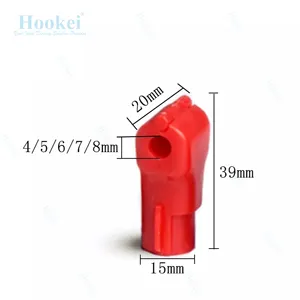



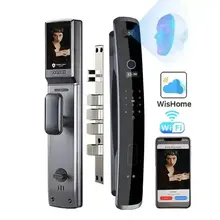



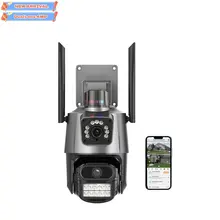


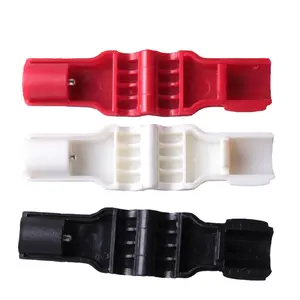



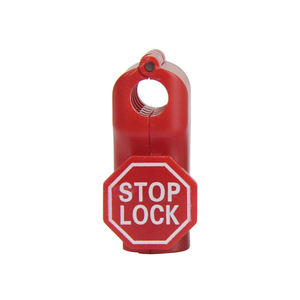

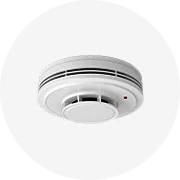
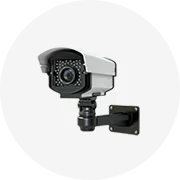
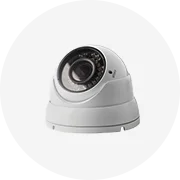

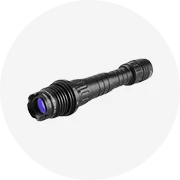
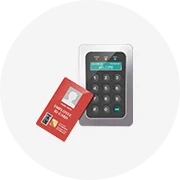
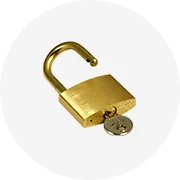








 浙公网安备 33010002000092号
浙公网安备 33010002000092号 浙B2-20120091-4
浙B2-20120091-4